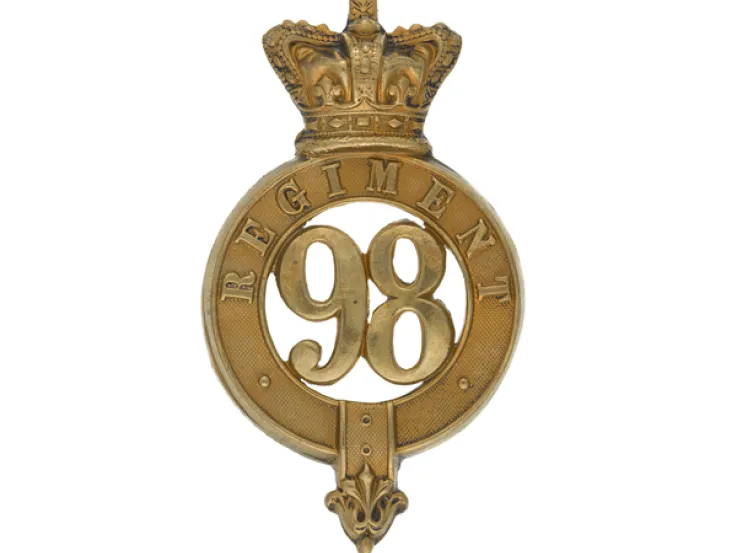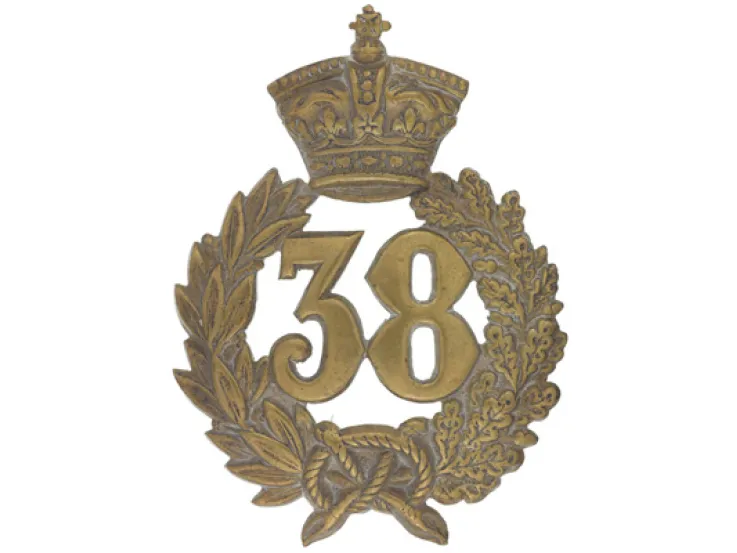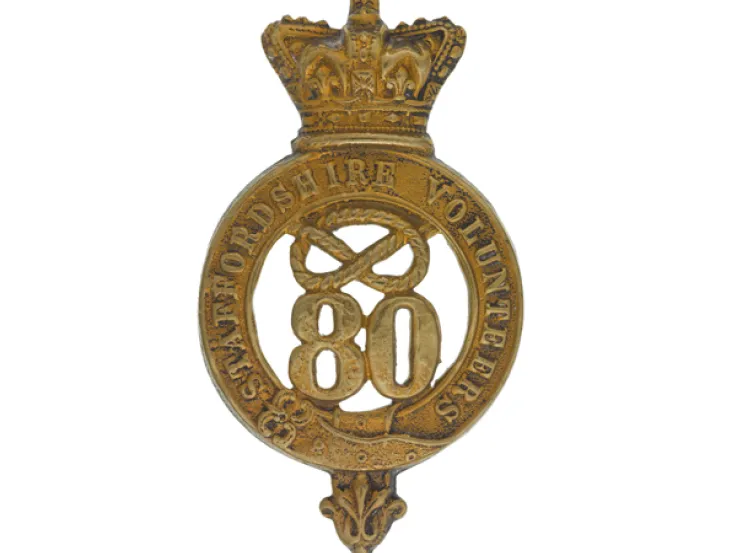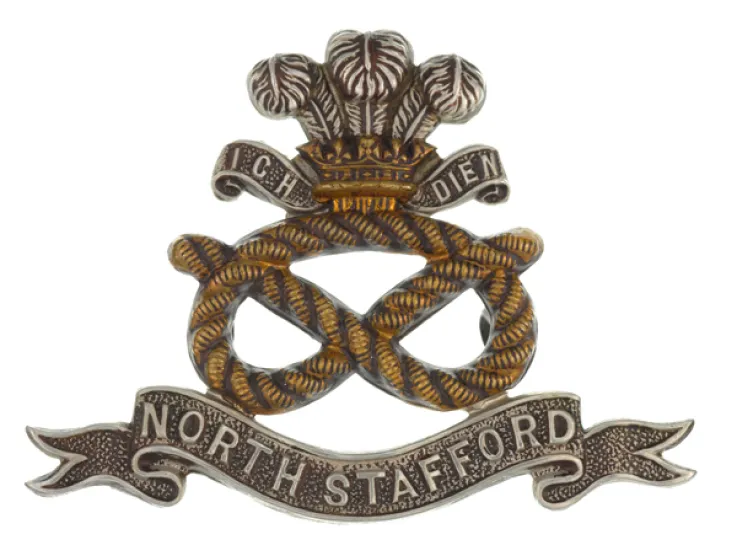Origins
This unit was raised in 1756 during the Seven Years War (1756-63) as the 2nd Battalion of the 11th Regiment of Foot. Two years later, it became a regiment in its own right with the numeral 64. It had no linear link to the two earlier units who had held this number.
In 1758, it was sent to the West Indies and took part in the landings on Guadeloupe and Martinique the following year. As well as losing troops in battle, its strength was depleted by disease. From 1763 to 1768, it garrisoned Ireland, before moving to North America.
Americas
It arrived in Boston, Massachusetts in January 1769 and remained in America throughout the War of Independence (1775-83). It took part in the capture of New York (1776). Detachments from the regiment also fought at Brandywine and Germantown in 1777. It then moved on to fight in South Carolina in 1779. The following year, it helped take Charleston.
It re-deployed to the West Indies in 1782-83 to defend British possessions from the French. That year, it was also given the county designation of Staffordshire.
The next two decades were marked by further spells in Ireland and the West Indies. Service in the latter included the invasions of Martinique (1794) and St Lucia (1794) in the French Revolutionary Wars (1793-1802).
In 1804, the regiment was sent to capture and garrison the Dutch colony of Surinam. It then moved to Canada to fight in the War of 1812 (1812-15). During this campaign, it provided the burial guard for Captain James Lawrence after he was killed during the British capture of his ship the USS 'Chesapeake'.
It reached Belgium too late to fight at Waterloo (1815) and was instead put on occupation duties in France until 1816.
Shipwreck
The regiment spent the following 30 years garrisoning Gibraltar, Ireland, Jamaica and Canada. The most notable event of this period occurred in 1843 en route from Canada to England.
Two hundred men of the regiment - along with 95 women and children - were travelling on board the troopship ‘Alert’, when their vessel struck a rock 80 miles (130km) off Halifax, Nova Scotia and began taking on water. The troops suppressed their initial panic and obeyed the orders to remain below. This prevented the ship from foundering until it could be run ashore.
All the regiment’s baggage was lost, but everyone on board was saved. The Duke of Wellington ordered that an account of their conduct should be published throughout the Army as an example of discipline.
India
In 1848, the regiment was sent on its first Indian posting. This lasted 13 years and included service at the Battle of Koosh-Ab (1857) during the Persian War (1856-57), and the Indian Mutiny (1857-59), most notably in the relief of Cawnpore and Lucknow in 1857.
At Cawnpore, Drummer Thomas Flinn won the regiment’s only Victoria Cross, fighting two Indian artillerymen while already wounded.
The regiment returned to Britain in 1861. It spent all but five of the next 20 years on home service in England, Ireland, Scotland and Jersey. The exception was a period garrisoning Malta from 1867.
Legacy
In 1881, the regiment was amalgamated with the 98th (The Prince of Wales's) Regiment of Foot to form The North Staffordshire (Prince of Wales’s) Regiment.
Regimental museums
The National Army Museum works with a network of Regimental and Corps Museums across the UK to help preserve and share the history and traditions of the Army and its soldiers.
Discover more about the 64th (2nd Staffordshire) Regiment of Foot by visiting The Staffordshire Regiment Museum in Lichfield.











